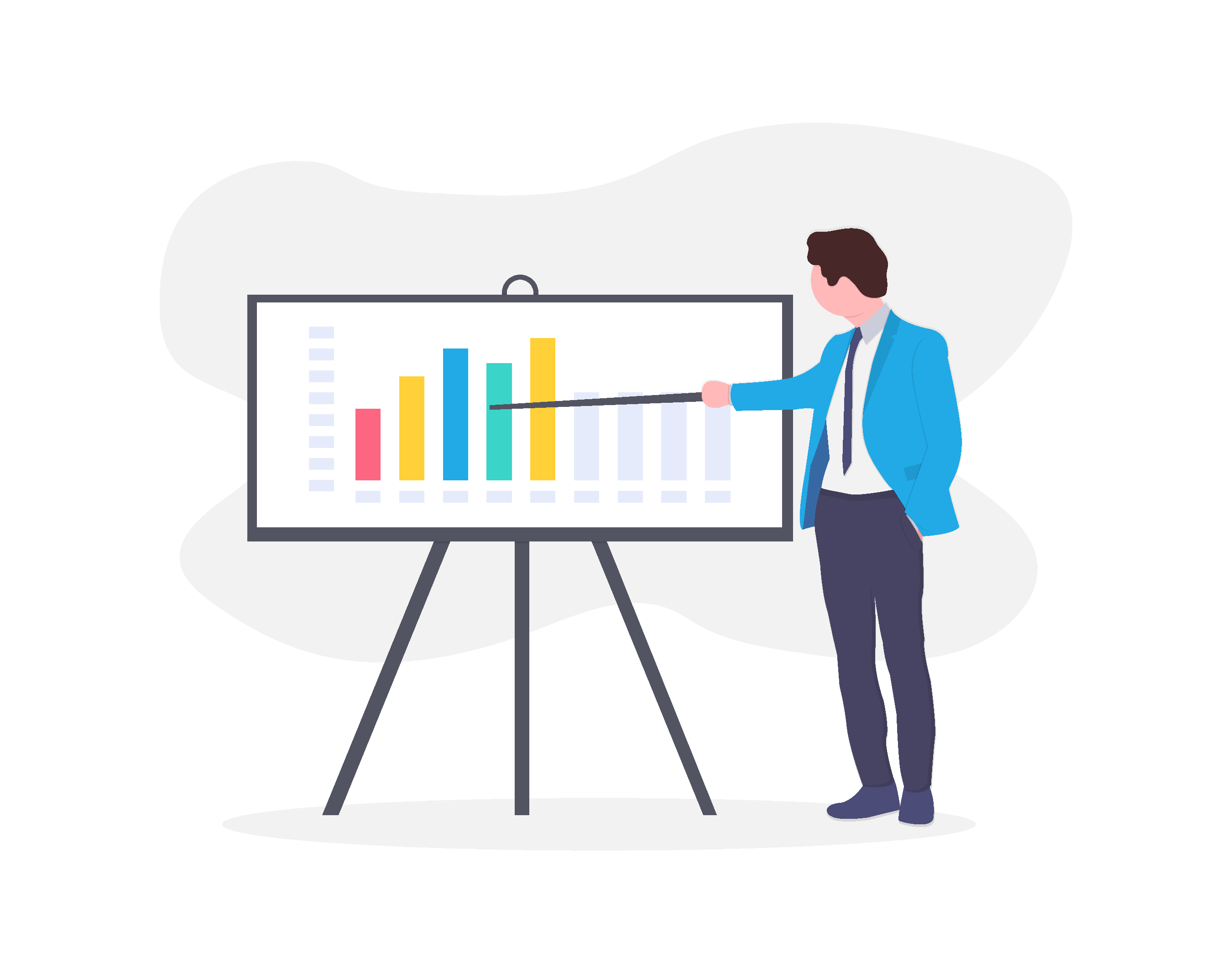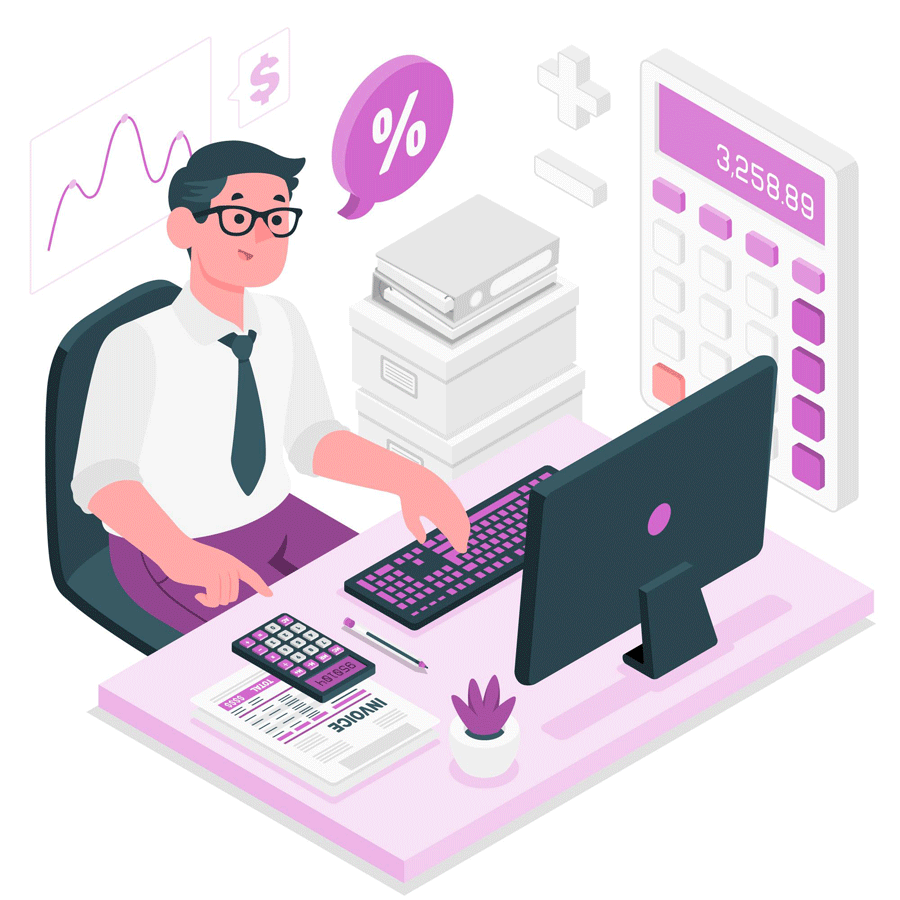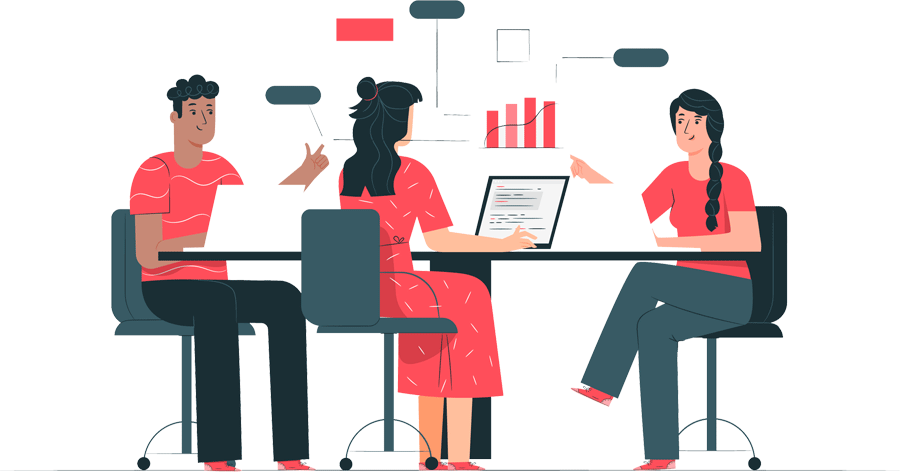Benefits of the VAT Flat Rate Scheme
Save money with the VAT Flat Rate Scheme | Caprica Online.
VAT Flat Rate Scheme guide
HMRC offers a few different VAT schemes designed to make compliance easier. The Flat Rate Scheme (“FRS”) is great for businesses that have few expenses so are able to convert a large amount of sales to profit. It’s absolutely perfect for contractors with a decent day rate and only travel expenses as costs.
How FRS works
First let’s just recap a standard VAT set up. You add VAT onto the value of your net sales and set aside that money to give to HMRC. On the purchases you make you have to pay the seller VAT on top of the net cost and you then claim that back from HMRC.
So, the flat rate scheme. First forget about purchases because you won’t be able to claim back VAT on any purchases*. That sounds bad but bear with me. On the sales you still charge 20% to your customers. So if you sell a service for £100 + VAT the client will pay you £120. But when you come to work out how much money you owe HMRC you don’t pay them 20% of your sales you pay a percentage based on your industry (see below). This means that if, like me, you are an accountant you will only pay £17.40 to HMRC even though you collected £20 from your client. A small saving but if you are talking about sales of £60,000 (net) then the difference would be £1,560.
* With the exception of some capital assets that cost greater than £2,000
Industry rates
Here is a link to the HMRC site with a full list, but below are a few that might apply to you:
| Category of business | Appropriate percentage |
| Accountancy or book-keeping | 14.5 |
| Advertising | 11 |
| Architect, civil and structural engineer or surveyor | 14.5 |
| Computer and IT consultancy or data processing | 14.5 |
| Entertainment or journalism | 12.5 |
| Estate agency or property management services | 12 |
| Film, radio, television or video production | 13 |
| Lawyer or legal services | 14.5 |
| Management consultancy | 14 |
| Photography | 11 |
How you can benefit?
Taking the example of a freelance web designer (using the 11% Advertising rate). This web designer typically bills clients £40,000 per year (excl VAT) but only has expenses of about £5,000 per year (excl VAT).
Under the standard VAT scheme he would owe HMRC £8,000 (40,000 x 0.2) per year on his sales offset by £1,000 (£5,000 x 0.2) of purchases. A net payment of £7,000. Remember there is no ‘loss’ here and no ‘profit’ either. Everyone is just collecting cash on behalf of HMRC.
Under the Flat Rate Scheme the web designer would have a rate of 11% of sales. So he will pay £5,280 (48,000 x 0.11). That’s it. The web designer has effectively just made £1,720 (£7,000 – £5,280) of profit by registering for the flat rate scheme.
Whether it will be beneficial or not comes down to the proportion of expenses to sales. Sticking with the £40,000 of sales, it will still be beneficial until the VAT that would be recoverable exceeds £5,200 (ie, the value of VAT-able expenses exceeds £14,000) or if you prefer percentages when the expenses exceed 35% of sales.
As HMRC calculate average levels of profitability when coming up with their rates it means that if you are more profitable than your industry average you will tend to benefit.
A quick test
Have a look at your most recent few tax returns if you currently use the standard VAT scheme.
Take your gross sales for your last VAT quarter and multiply it by your relevant industry FRS percentage, compare the result to box 5 on your last VAT return. If your calculation is less you would have saved money using FRS in that quarter.
Things to consider
You should not be making the decision of whether to use the Flat Rate Scheme from a single tax return. Think about whether it would have been beneficial each quarter and whether you have big purchases to make in the next 12 months. Significant annual or one-off payments must be considered, as under the Flat Rate Scheme you may not receive any VAT benefit for such big payments.
If you will benefit from the FRS it’s still normally best to use the standard scheme for the first few months of a business (when expenses are likely to be higher than sales). You can then transfer to the Flat Rate Scheme once you have reclaimed the full VAT on your startup costs and are a healthy profitable business.
At Caprica Online Accountants we include ongoing advice around the various VAT schemes as part of all of our online accounting packages.
Disclaimer: This article is intended to help the reader understand the economics of the VAT flat rate scheme it should not be used as the basis of a decision on your businesses VAT scheme. Every business is different and VAT can be a very complicated area of tax with very specific rules for specific industries. Do not make any decisions based on this article alone; speak to your accountant before changing VAT scheme!





